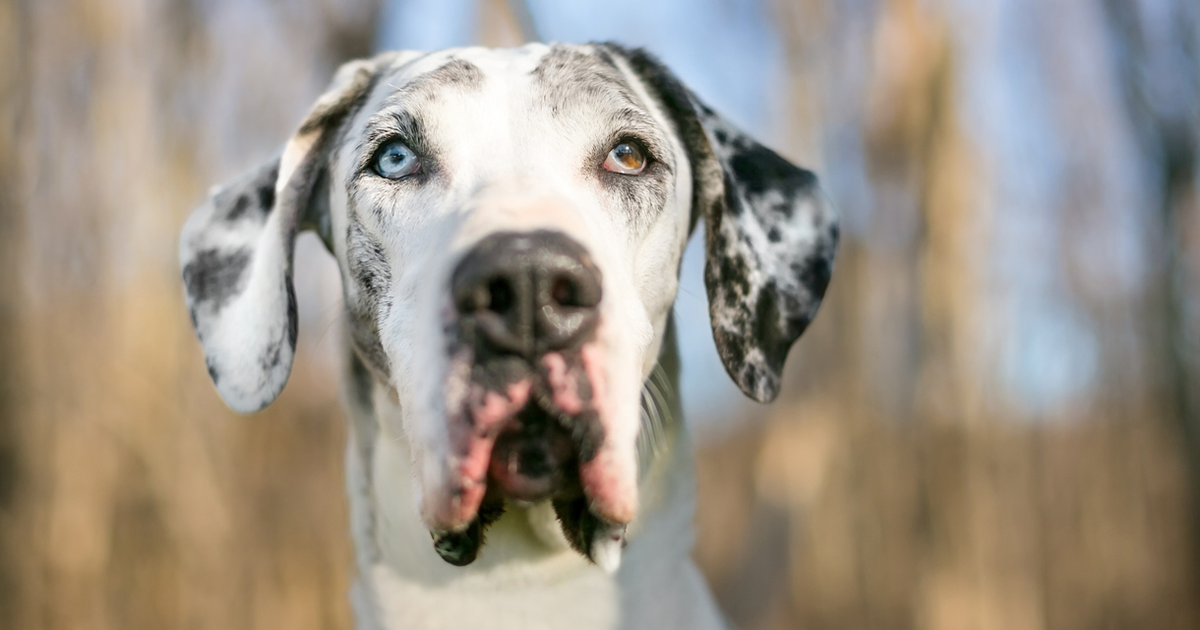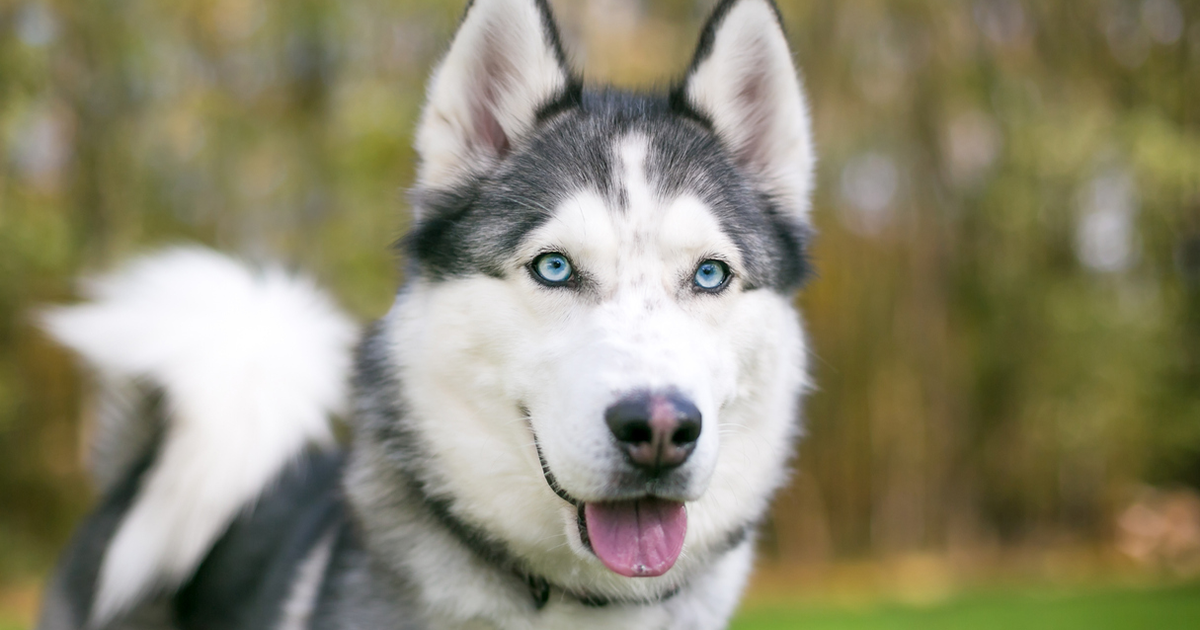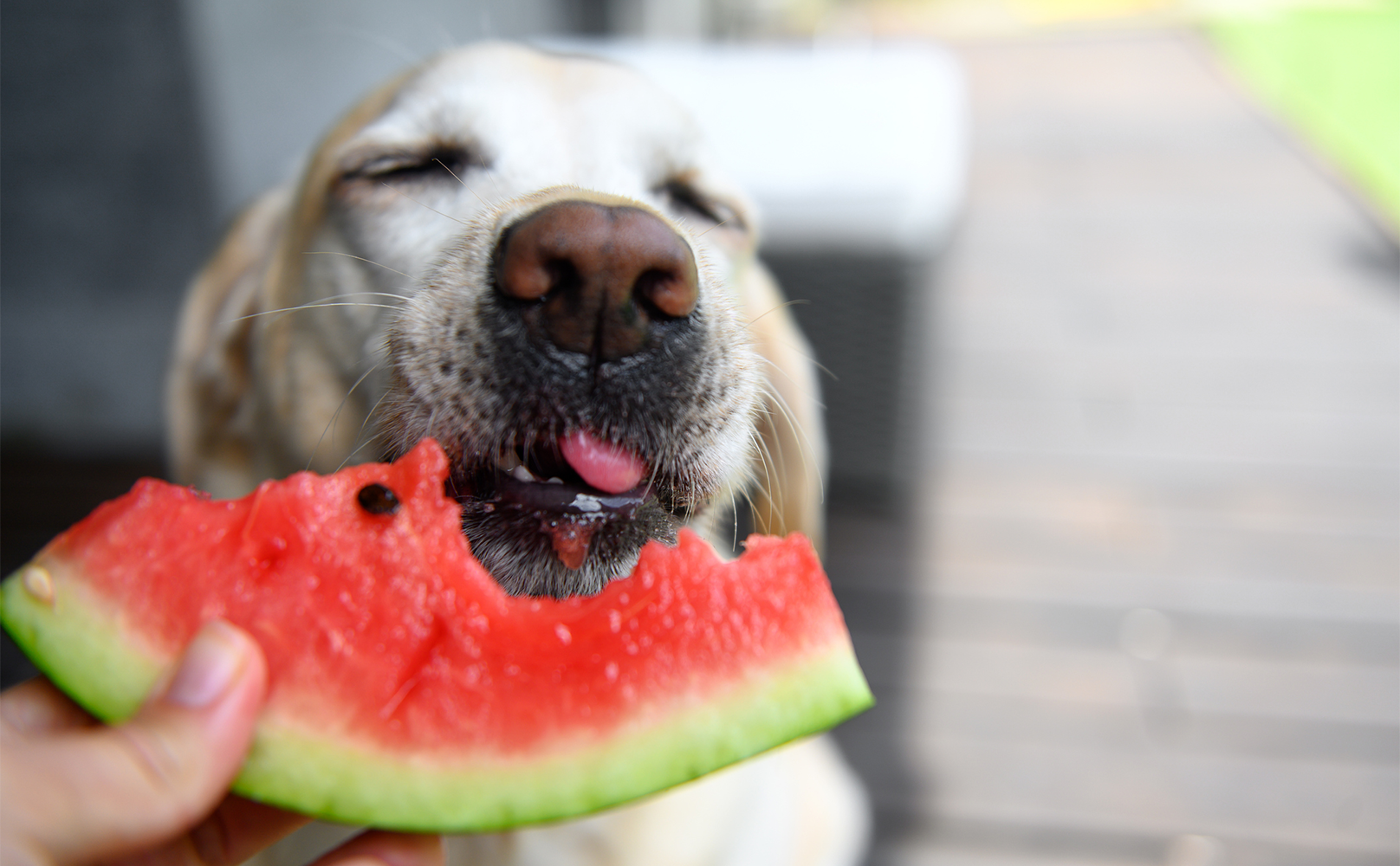Note: This is the writer’s personal experience with adding a new pup to her pack. If you are having serious behavior issues with any of your pups, please consult a pawfessional!
My pup Fidel had been a spoiled rotten only child for 7 years when I decided I had room in my heart and home (and bank account) for another dog. I knew it wouldn’t be an easy transition. When I first brought Tito home as a foster from Best Friends Animal Society, Fidel was on a war path. He wouldn’t let Tito get near his toys, treats, or me. Eventually, with a lot of time and patience, we became a family. Adding a new pup to your pack is a huge responsibility, but it can also be the best decision you’ll ever make!
This is Fidel and Tito today. They’re inseparable and work together at the BarkBox office.
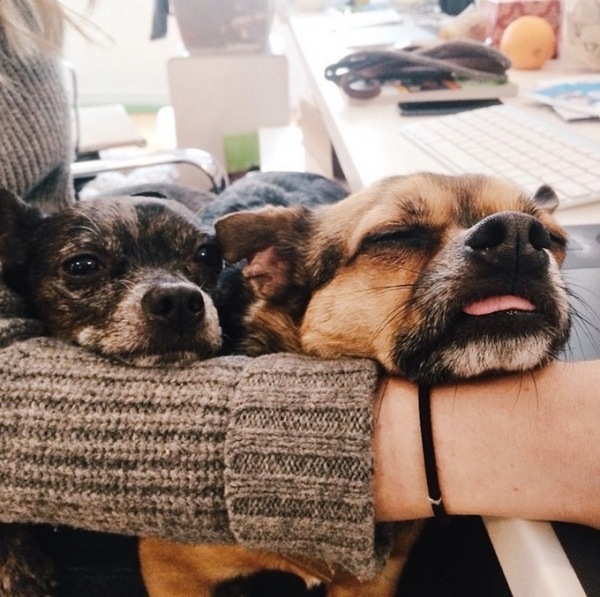

Here are 11 things I realized after adding a new pup to my pack!
1. Taking the time to finding the right pup is key. Adding a dog to your family is a lifetime commitment!
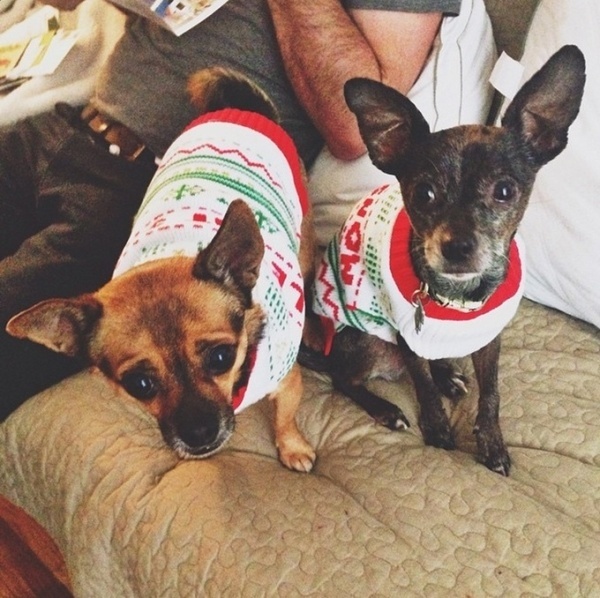

Remember, you’re not the only one whose life is going to be impacted by the new family member. Your current dog should have a say in who joins the family, too. Even though they can’t speak, imagine what qualities your dog would look for in a new sibling!
2. Really thinking about your dog’s age and energy level will help a lot in your choice.


These guys do a lot of snoozing together. Fidel is a senior pup with zero patience for playful, bumbling puppies, so initially I narrowed my search to senior dogs who would match his energy level. We ended up finding the perfect fit in a really mellow, low-energy 2-year-old. Age doesn’t always dictate energy level. I’ve seen rambunctious 12 year olds who are thrilled by the presence of a new puppy, and mellow 1 year olds who are easily annoyed. Think about each dog’s unique pawsonality.
3. Figure out your dog’s temperament and find a good complement.
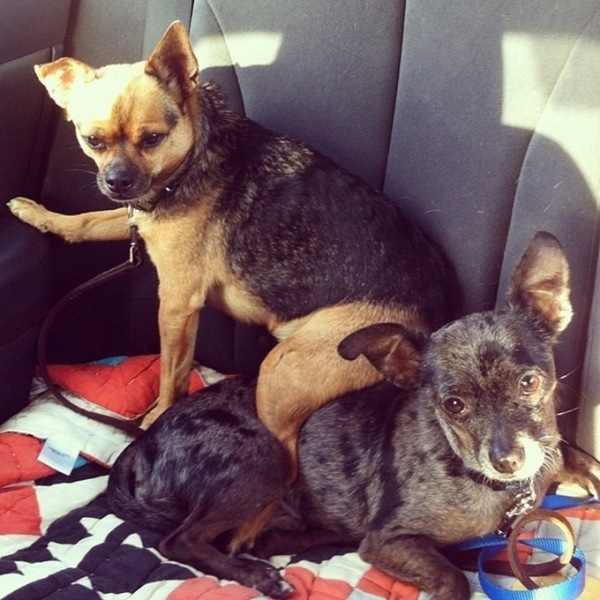

I didn’t realize at the time how important this would be, but the fact that these guys are so different really makes our little pack work. Fidel loves his toys, so bringing home a dog that would also compete for them would have been asking for trouble. Tito wasn’t as possessive about toys, and so it reassured Fidel that his place in the family wasn’t being challenged. It turned out to be a great fit for shy Tito, too. Having a confident dog to watch and learn from really helped him come out of his shell.
4. Consider becoming a foster family for a pup in need.
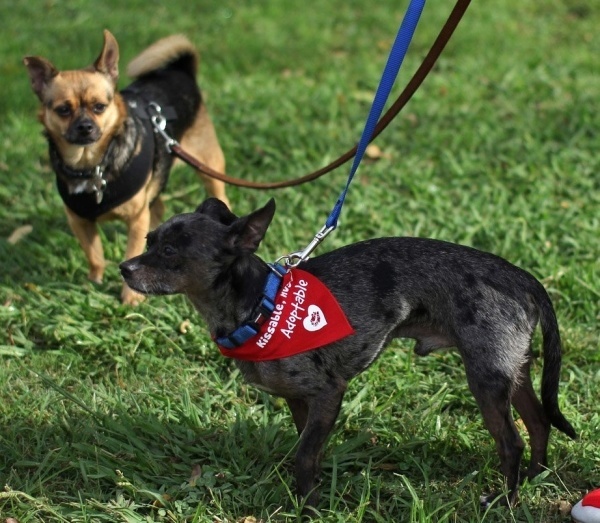

This is the first thing I tell people who are thinking about adopting a second dog. Fostering is a great way for you (and your pup) to get to know a new dog before making a lifetime commitment. You can foster through most rescue groups and shelters in your area. If it doesn’t work out, you still get the super rewarding experience of saving a life and helping a pup on their journey to finding their forever home. You’ll know when you’ve found the perfect pup for your family – and that’s when you’ll never want to let them go.
5. Socialize your dog leading up to the adoption.
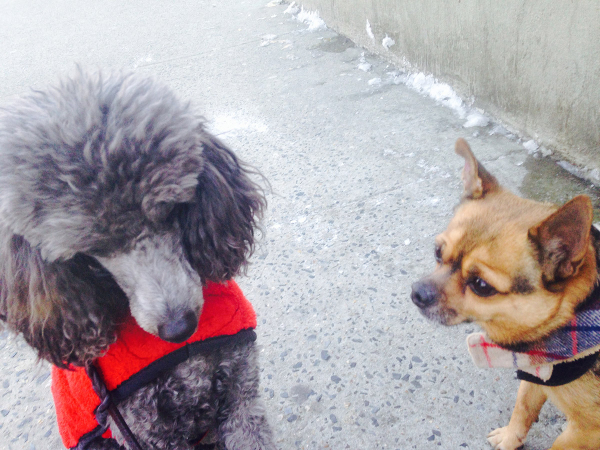

If your dog is already a social butterfly, this is easy. But if your dog is used to being the center of attention – like Fidel was – you may need to spend a little extra effort getting them accustomed to other dogs. Have your friends bring over their dog friendly pups over for one on one play dates in your home. It’s important to see how your dog will do with another dog on his turf. Praise and reward your dog when they share their toys or play well with other dogs.
6. Found the pup for you? Congrats! When introducing the dogs, have them meet on neutral territory.
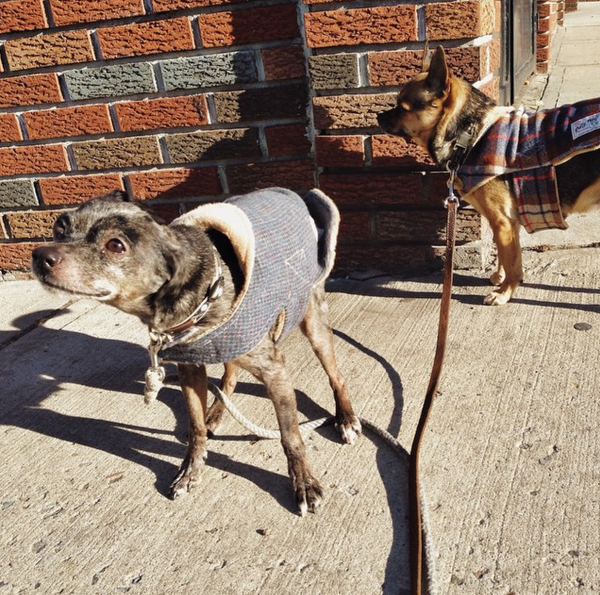

Many dogs are territorial at home. To avoid any turf wars, let them meet on neutral ground. The park, a friend’s backyard or even the shelter where you’re adopting from are great places for a potential introduction. Make sure that each dog has a human, and walk them side by side for a few minutes. If they both have loose relaxed body language, let them greet. If you’re not sure that they’re ready to greet after walking tandem, end the session on a positive note and set up another time to spend time together. This is a great time to bring a positive reinforcement trainer with you to help you assess the new pup and guide you through a positive introduction. Bonus: shelter or rescue groups usually have trained staff or volunteers to guide you through the introduction and watch for any negative signs.
7. Once you bring the new dog home, give each dog their own personal space.
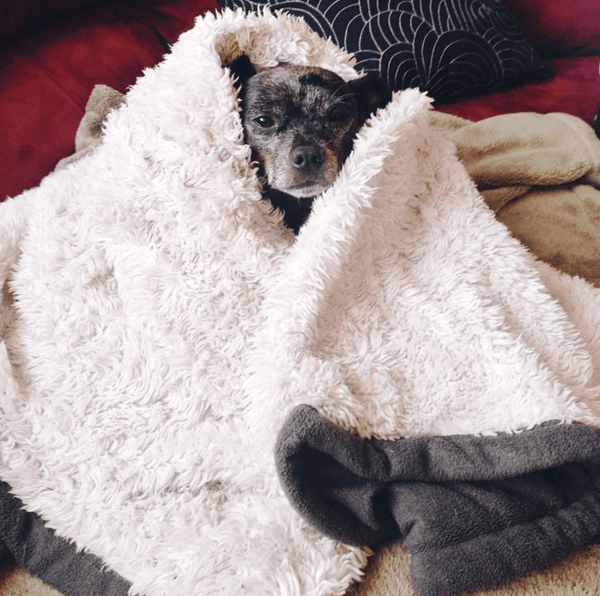

Many dogs naturally love going into a crate. If you’re not into crate training, use baby gates or close doors to certain rooms to give each dog their own space. Do not leave them home together unsupervised in the first few weeks. I know people who have had their dogs for years, but still separate them with baby gates when they leave the house. Better safe than sorry is a good motto for any pup parent.
8. Create separate feeding areas.
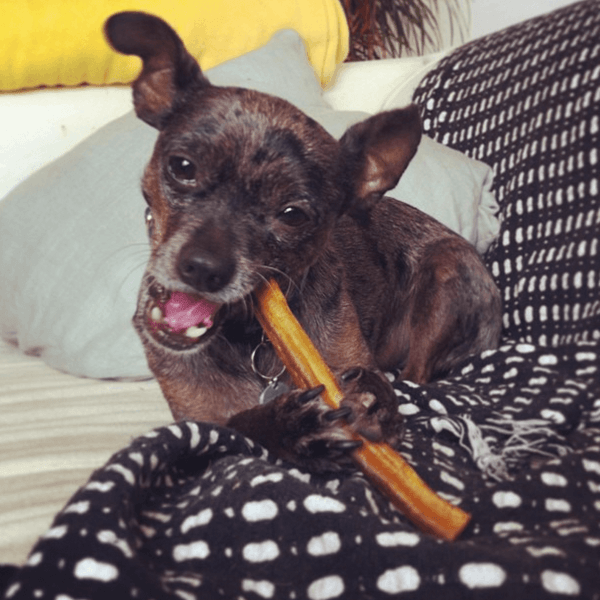

It’s also a good idea to feed them in separate areas during the first few weeks as they get used to each other. This will prevent resource guarding behavior and fights over food or treats.
9. Be patient and let the dogs go at their own pace.
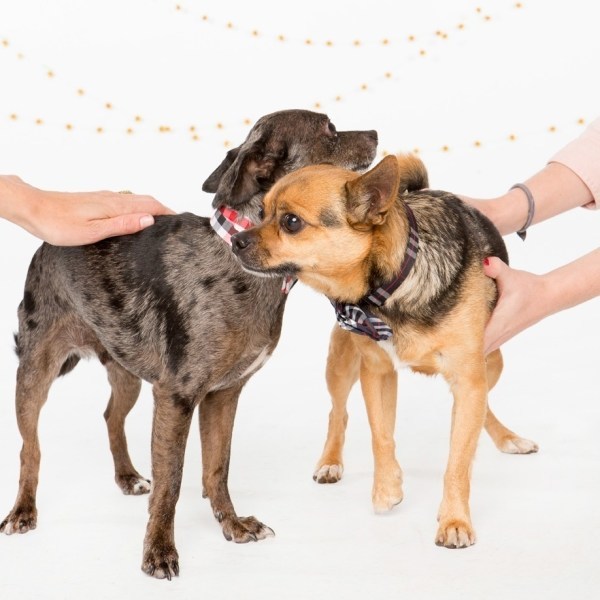

You will naturally want your dogs to be BFFs right off the bat. Fight the urge to force their friendship and instead them them guide the interactions. Let them sniff each other and ignore each other at first. It was a huge milestone for us when Fidel tolerated Tito sitting on the opposite end of the couch. My heart almost exploded the first time I saw them play wrestle. Give it time. It’s worth it.
10. Spend quality time with each dog separately.
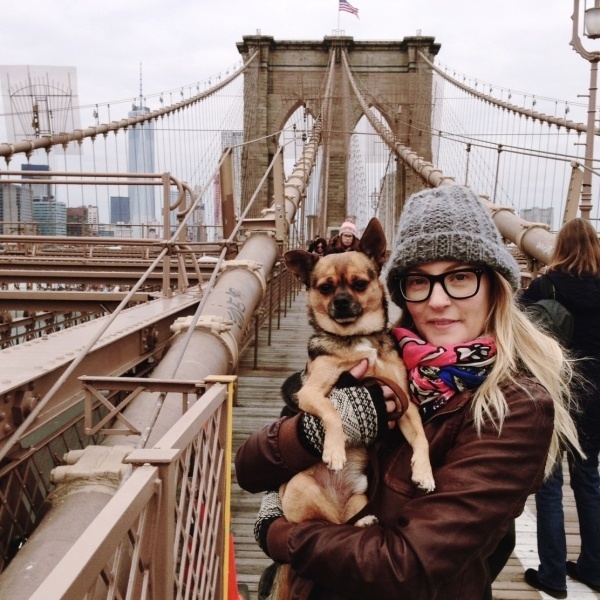

With all sibling pups, it’s important that each pup feel comfortable spending time alone. Inevitably, one of them will get sick and spend time at the vet leaving their pal home alone. It will be much easier on both pups if they are used to spending some time apart. Make sure they each feel comfortable in their separate crates and each get special time with their human playing training games or going for a stroll one on one.
11. Have fun! Make sure there are lots of opportunities for family bonding.
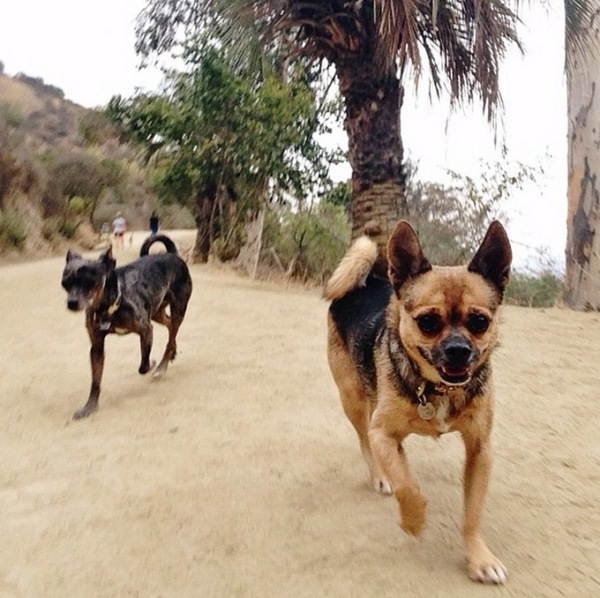

You know the old saying “The family that plays together, stays together.” Well, it’s a cliché cause it’s tue. In the first weeks of having Tito I made a point to give the boys lots of fun shared experiences. We took extra trips to the park, visited grandma’s house so they could get spoiled together, we even took an overnight backpacking trip and camped together in the great outdoors. Whether it’s big stuff like camping or small stuff like pack walks around the neighborhood, let your dogs have lots of fun together.



